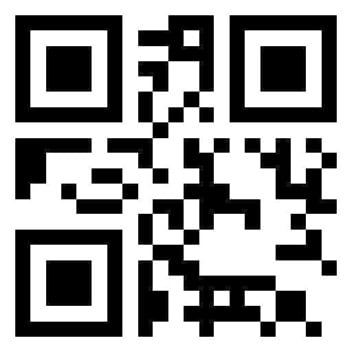About Neuroscience-based Nomenclature
The Neuroscience-based nomenclature (NbN) is an initiative aimed at updating the classification of psychiatric medication. NbN is updated yearly, equipping clinicians with the latest insights in neuroscience in a way that can be applied in prescribing on a daily basis.
The core principles of the NbN

To move from a disease-based classification to a pharmacology driven classification in order to shift from symptoms to mechanisms, from disease to pharmacology.

To open the gate to contemporary neuroscience insights and to incorporate recent findings in brain research to the classification of medications that are used to treat psychiatric disorders.

To replace 60 years old nomenclature of psychotropics with updated neuroscience-based nomenclature (NbN).

To provide an important teaching tool that presents the depths and richness of the neuroscience fabric of psychotropics.
Clinical questions and answers that will help you get to know the NbN app
You diagnose a patient with Bipolar disorder. How can the NbN2 app. help you find the first line of treatment?

You see a patient suffering from bipolar disorder. The patient is currently psychotic and presents depressive symptoms. During your examination, you spot that the patient also has tics. How can you use the NbN app. to select the medication that best fits

How many different pharmacological tools are available to us for treating depression?

What are the differences between Diazepam (Valium) and Zaleplon (Sonata)?

You see a 17-years-old boy with chief complaints of aggressive behavior. There is also history of ADHD. While examining the patient, you realize he has tics. As the examination continues, you also suspect a psychotic component. How can you use the NbN ap

Suicide in Adolescence and Serotonergic Reuptake Inhibitors – What is the proper management?





